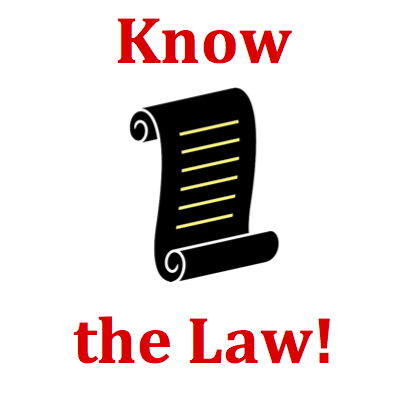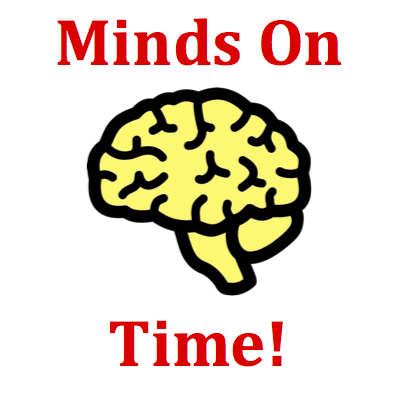Hold down the T key for 3 seconds to activate the audio accessibility mode, at which point you can click the K key to pause and resume audio. Useful for the Check Your Understanding and See Answers.
Mission NL12 Newton's Third Law - Question Group 10 Help

Action and reaction forces always occur in equal and opposite pairs. They do not balance each other because they ____.


For every action there is an equal and opposite reaction.

Suppose there is a 1-kg book at rest upon a table. There are two forces upon the book: The Earth pulls down on it with approximately 10 N of gravity force and the table pushes up on the book with approximately 10 N of normal force. These two individual forces upon a book are equal in magnitude and opposite in direction. As such, they balance each other. In fact anytime a single object encounters pairs of oppositely-directed forces which are equal in magnitude, the forces balance and the object does not accelerate.
Knowing Newton's third law (or worse, partly knowing it), one may be tempted to wonder why any object ever accelerates since forces always come in pairs of equal magnitude, oppositely-directed forces. But clearly, objects do accelerate! So why don't these equal magnitude, oppositely-directed forces balance each other? The answer lies in a deeper understanding of Newton's third law.
Newton's third law defines a force as a mutual interaction between two objects. A person runs into a wall and pushes on the wall; the wall pushes back on the person with the same amount of force but in the opposite direction. These two forces in the action-reaction force pair are exerted upon two different objects. The result is an 800-N force on the person and an 800-N force on the wall. The forces are on different objects! For the 800 N force on the person to be balanced, there must be a third object involved which pushes on the person in the opposite direction as the wall. Without that third object pushing on the person, the person accelerates. Pairs of equal magnitude, oppositely-directed forces only balance when they are exerted upon the same object.
